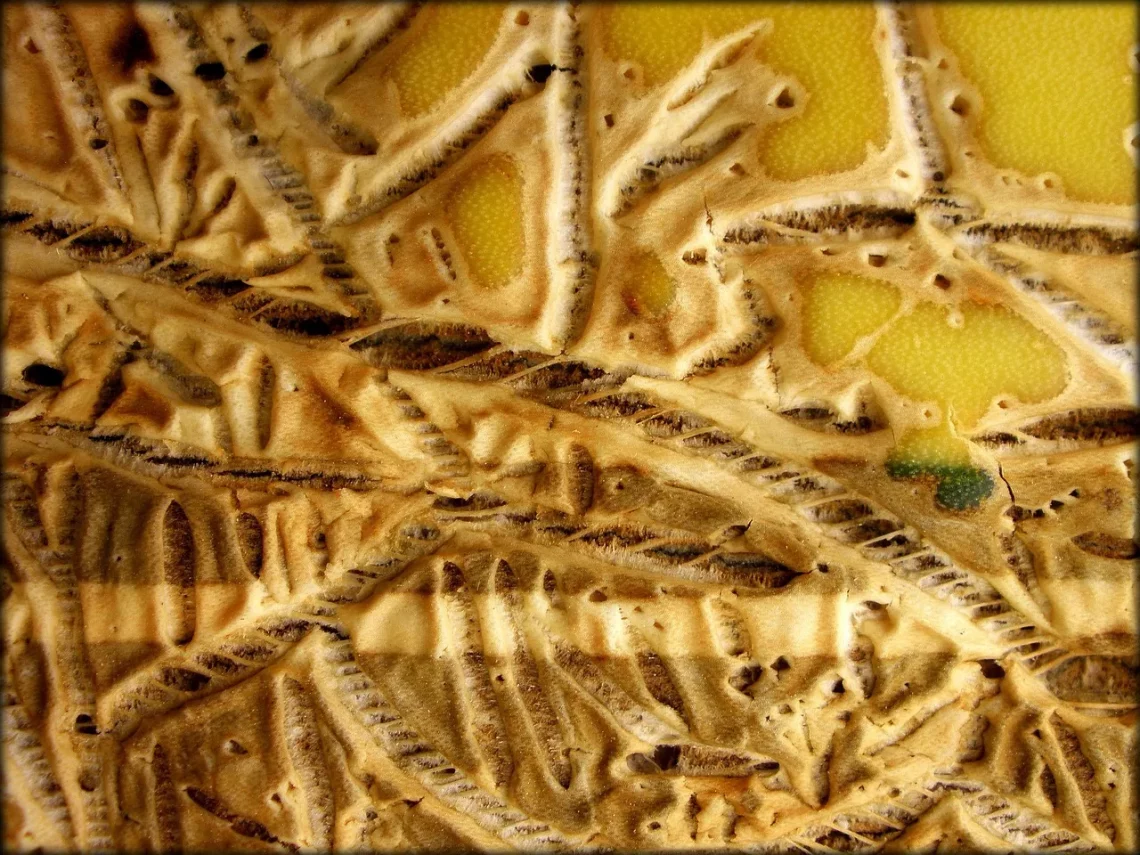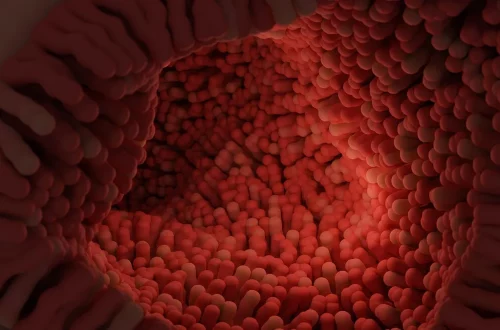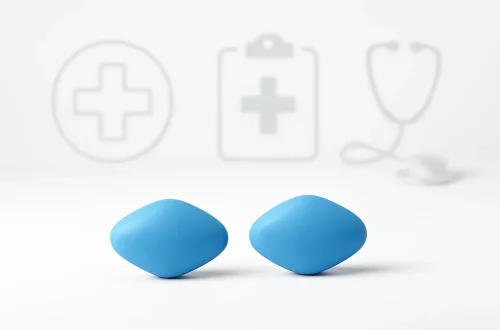
Transforming Pimple Scars: Stunning Before and After Results
The journey of transforming pimple scars can be both challenging and rewarding. Many individuals who have struggled with acne often find themselves dealing with the aftermath of breakouts, which can leave behind noticeable scars. These marks can affect self-esteem, leading to feelings of insecurity and frustration. However, the good news is that there are numerous effective treatments available that can dramatically improve the appearance of these scars.
Understanding the different types of pimple scars is essential to finding the right treatment. Scars can vary in depth, color, and texture, and each type may require a different approach for effective treatment. From superficial marks to deeper indentations, the characteristics of scars can influence the choice of therapy. Furthermore, the emotional impact of these scars can be just as significant as their physical presence, making the desire for transformation a common pursuit among those affected.
As advancements in dermatological science continue to evolve, there are now more options than ever to help individuals reclaim their confidence. Whether through professional treatments or at-home remedies, the potential for stunning before and after results is within reach. With the right knowledge and commitment, transforming pimple scars into smoother, clearer skin is possible, paving the way for a brighter, more confident future.
Understanding Different Types of Pimple Scars
Pimple scars can be classified into various categories, each with its unique characteristics. The two primary types of scars resulting from acne are atrophic and hypertrophic scars. Atrophic scars are characterized by their sunken appearance, often resulting from the loss of collagen during the healing process. These include icepick scars, boxcar scars, and rolling scars, each differing in shape and depth.
Icepick scars are narrow and deep, resembling small holes in the skin. These scars can be particularly challenging to treat due to their depth and the limited surface area for intervention. Boxcar scars, on the other hand, are wider and have defined edges, typically resembling small craters. Rolling scars create a wave-like effect on the skin’s surface, giving it an uneven texture.
Hypertrophic scars, in contrast, are raised and often develop when the body produces too much collagen during the healing process. These scars can be itchy and uncomfortable, and they may fade over time but can remain prominent for long periods. Understanding the type of scar you have is crucial for choosing the most effective treatment method.
In addition to these classifications, scars can also vary in color, with some appearing red, brown, or darker than the surrounding skin. This discoloration can persist long after the acne has cleared, further complicating the healing process.
Each scar type requires a tailored approach to treatment, emphasizing the importance of consulting with a dermatologist. They can help assess the specific characteristics of your scars and recommend the most suitable options, whether it be laser therapy, chemical peels, or microneedling. Recognizing the diversity of pimple scars is the first step toward effective transformation.
Professional Treatments for Scar Transformation
When it comes to transforming pimple scars, professional treatments offer some of the most effective solutions. Dermatologists and skincare professionals utilize advanced technologies and techniques to help patients achieve stunning results.
One of the most popular options is laser therapy. This treatment uses focused light energy to target scar tissue, promoting collagen production and encouraging the growth of new skin. There are different types of laser treatments available, including ablative lasers, which remove the outer layers of skin, and non-ablative lasers, which stimulate collagen without damaging the surface. The choice of laser treatment often depends on the type and severity of the scars.
Chemical peels are another effective treatment option. These involve applying a chemical solution to the skin, which causes the outer layer to peel away. This process reveals fresher, smoother skin underneath and can significantly reduce the appearance of scars over time. Chemical peels come in varying strengths, and the right choice depends on the individual’s skin type and scar characteristics.
Microneedling is also gaining popularity as a minimally invasive procedure. It involves creating tiny micro-injuries in the skin using fine needles, which stimulates the body’s healing response and boosts collagen production. This treatment can improve the texture and appearance of scars, making it a versatile option for many individuals.
In addition to these treatments, many professionals also offer combination therapies. For example, combining laser treatments with microneedling can enhance results, maximizing the benefits of each method.
While these professional treatments can be highly effective, it’s essential to have realistic expectations. Scars may not disappear completely, but significant improvement is often achievable. A consultation with a qualified dermatologist can provide personalized recommendations and help determine the best course of action for transforming pimple scars.
Home Remedies for Scar Reduction
In addition to professional treatments, many individuals also explore home remedies for scar reduction. While these methods may not offer the same level of results as professional interventions, they can still be effective and are often more accessible and cost-effective.
One common home remedy is the use of natural oils. Oils such as rosehip seed oil, vitamin E oil, and coconut oil are known for their moisturizing and healing properties. These oils can help improve skin texture and promote scar healing when applied regularly. For instance, rosehip seed oil contains essential fatty acids and antioxidants that can aid in skin regeneration.
Another popular remedy is using aloe vera gel. Aloe vera has long been praised for its soothing properties and ability to promote skin healing. Applying fresh aloe vera gel directly to scars can help reduce inflammation and hydrate the skin.
Exfoliation is also crucial in the scar reduction process. Regularly exfoliating the skin helps remove dead skin cells, promoting the growth of new, healthier skin. Gentle exfoliating scrubs or chemical exfoliants containing alpha hydroxy acids (AHAs) can be beneficial for improving skin texture and fading scars.
Additionally, incorporating foods rich in antioxidants and vitamins into your diet can support skin health from the inside out. Foods high in vitamin C, such as citrus fruits, and vitamin E, found in nuts and seeds, can contribute to healthier skin and aid in the healing process.
It’s important to note that while home remedies can be helpful, they may take time to show results. Consistency is key, and individuals should be patient and realistic about their expectations. For those with more severe scarring, professional treatments may still be the best option.
Building Confidence After Scar Transformation
Transforming pimple scars is not just about improving the physical appearance of the skin; it’s also about restoring confidence and self-esteem. The emotional impact of acne scars can be profound, often leading individuals to feel self-conscious or withdrawn. Fortunately, the journey of transformation can significantly boost one’s confidence.
As individuals notice improvements in their skin, they often experience a renewed sense of self. This transformation can empower them to engage more freely in social situations, pursue new opportunities, and express themselves without the burden of insecurity. The positive effects of a clearer complexion extend beyond the skin, influencing overall mental well-being.
Support from friends, family, and communities can also play a crucial role in this journey. Sharing experiences and connecting with others who have faced similar challenges can foster a sense of belonging and encouragement. Many find solace in online forums or support groups, where individuals exchange tips, share their journeys, and celebrate each other’s successes.
Moreover, embracing a holistic approach to skincare and self-care can enhance the transformation process. Prioritizing a healthy lifestyle, including proper nutrition, hydration, and stress management, can contribute to overall skin health. Engaging in activities that promote relaxation and happiness can also have a positive impact on one’s mental state.
Ultimately, the journey of transforming pimple scars is personal and unique for each individual. Embracing the process, celebrating small victories, and focusing on self-love and self-acceptance are essential components of building confidence after scar transformation. The path to clearer skin can lead to not only a more radiant appearance but also a more empowered and confident self.
**Disclaimer:** This article is for informational purposes only and does not constitute medical advice. For any health-related concerns or issues, please consult with a qualified healthcare professional.




